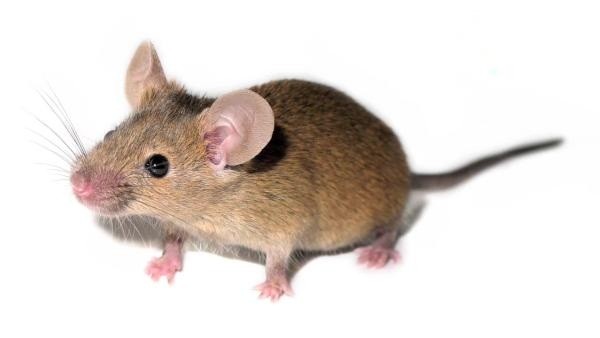Male mice have a startlingly complex repertoire of singing styles that are mostly involved with the attraction and pursuit of females. While Scientists have known that mice sing for 50 years, the variety of songs and the purpose has been deciphered by Erich Jarvis, an associate professor of neurobiology at Duke University, and Abhra Sarkar in Duke’s Department of Statistical Science.
Mice sing in an ultrasonic range that cannot be heard by humans. The researchers developed a computerized analysis that accounted for tempo, volume, and frequency of mouse vocalizations in different social situations. The mouse recordings have been uploaded to “MouseTube” a growing repository built by scientists at the Institute Pasteur in Paris.
The researchers found that male mice sing louder and more often when they smell a female nearby or smell a female’s urine. The mice soften their songs when a female is in visual range. The entire singing behavior is associated with mate attraction. No direct evidence exists but the soft singing may make a female mouse more receptive to mating. The proposition is based on the fact that female mice responded differently to different types of singing.
The mouse song repertoire is not as complex as that of birds or humans. Crooning mice may be a clue to the chemical and neurological deficits that occur in autism and other human communication disorders. The ultrasonic singing of mice could be converted to sounds that are audible to humans. A human vocabulary could be associated with each syllable of mouse singing. The next big hit in pop music might be a mouse tune.















